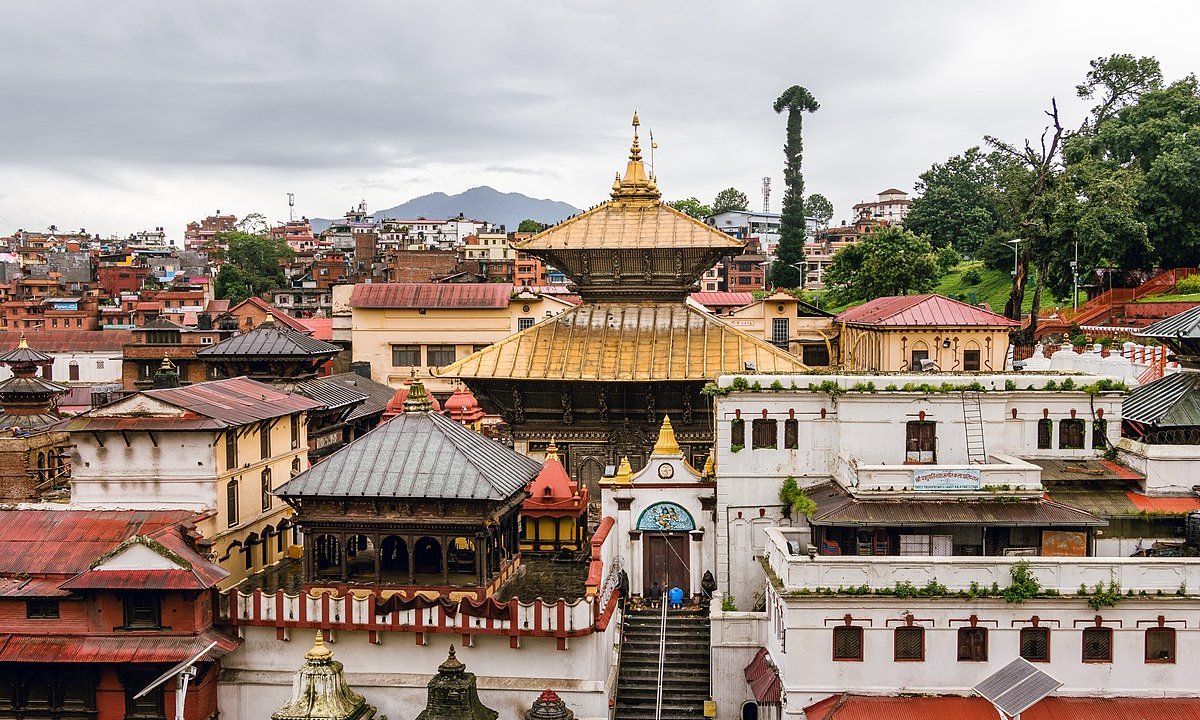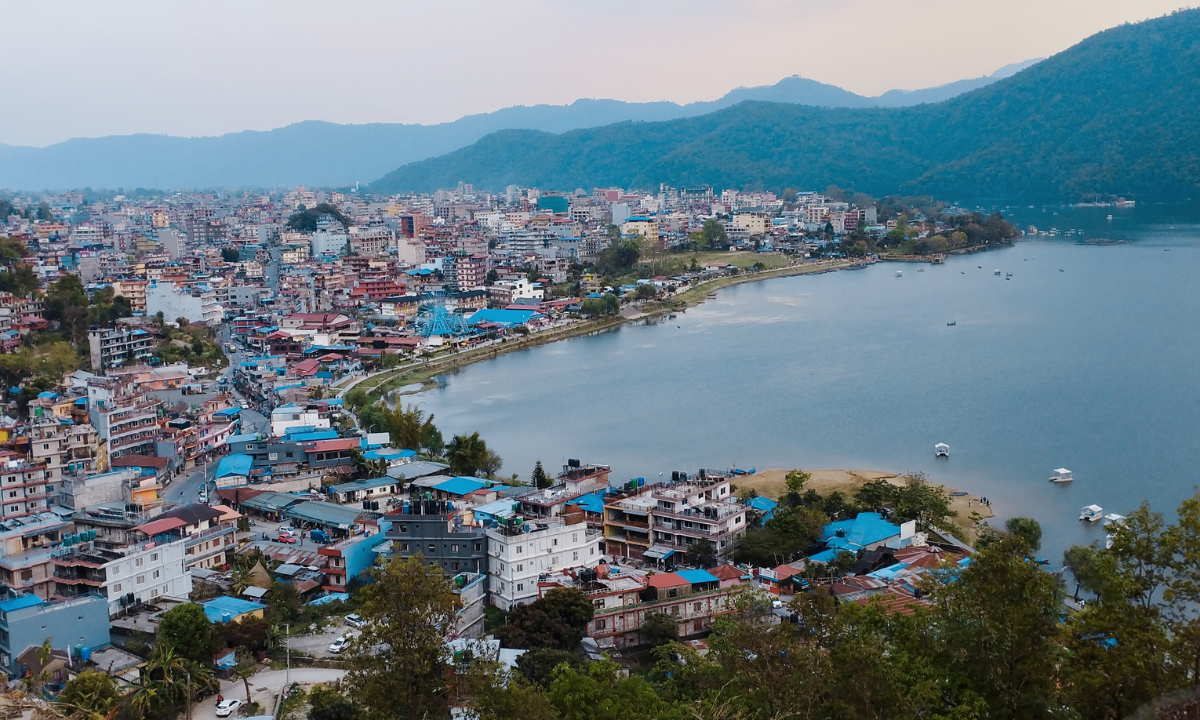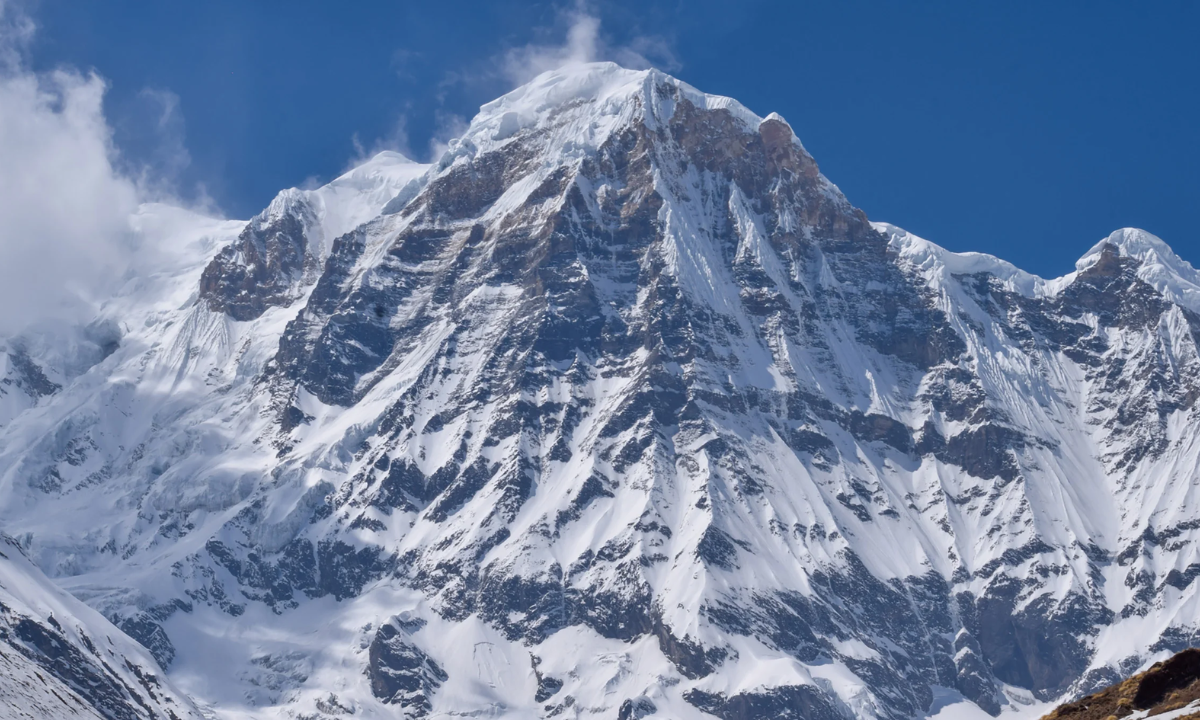Mount Everest, the highest peak on Earth, stands as an awe-inspiring testament to the power and grandeur of nature. Situated in the Himalayas on the border of Nepal and Tibet, Mount Everest has captivated the imagination of adventurers, climbers, and explorers for centuries. Its towering presence, extreme weather conditions, and challenging terrain make it the ultimate test of human endurance and determination.
Geological Formation
Mount Everest, known as Sagarmatha in Nepal and Chomolungma in Tibet, was formed millions of years ago through the collision of the Indian and Eurasian tectonic plates. This collision resulted in the uplift of the Himalayan mountain range, with Everest rising to its staggering height of 29,032 feet (8,848 meters) above sea level.
Exploration and Discovery
The first recorded attempts to explore Everest date back to the 19th century when British surveyors mapped the region. However, it wasn’t until the early 20th century that serious attempts to conquer the summit began. In 1921, the British Everest reconnaissance expedition, led by George Mallory, marked the first significant effort to reach the peak. Mallory would later famously perish during a subsequent attempt in 1924, leaving behind the enduring mystery of whether he and his climbing partner, Andrew Irvine, reached the summit.
Conquest of the Summit
It wasn’t until May 29, 1953, that Sir Edmund Hillary of New Zealand and Tenzing Norgay, a Sherpa of Nepal, became the first climbers confirmed to have reached the summit of Mount Everest. Their historic ascent via the South Col route opened the door to a new era of mountaineering and adventure tourism in the region.
Climbing Routes
There are two main climbing routes to the summit of Mount Everest: the South Col route from Nepal and the North Ridge route from Tibet. Both routes present their own set of challenges, including treacherous icefalls, extreme weather conditions, and the risk of altitude sickness. Climbers must navigate through the treacherous Khumbu Icefall, ascend the steep Lhotse Face, and brave the unpredictable weather conditions of the “Death Zone” above 26,000 feet (8,000 meters), where the oxygen levels are dangerously low.
Environmental Concerns

Mount Everest is not only a symbol of human achievement but also a fragile ecosystem facing environmental challenges. The increase in climbing expeditions has led to issues such as overcrowding, littering, and environmental degradation. Furthermore, the melting of glaciers due to climate change poses a significant threat to the region’s biodiversity and local communities that depend on glacial runoff for their water supply.
Cultural Significance
Beyond its physical allure, Mount Everest holds profound cultural significance for the people of Nepal and Tibet. For the Sherpa people, who inhabit the Himalayan region, Everest is not just a mountain but a sacred deity revered for its spiritual significance. The annual climbing season, from April to May, coincides with the festival of Sagarmatha Day in Nepal, celebrating the mountain’s cultural heritage and the achievements of climbers past and present.
Conclusion
Mount Everest stands as a symbol of human endeavor, courage, and the relentless pursuit of adventure. Its majestic peak continues to inspire awe and fascination, drawing climbers and explorers from around the globe seeking to test their limits and experience the ultimate challenge. However, as we marvel at Everest’s beauty and grandeur, it’s crucial to recognize the importance of preserving its fragile ecosystem and respecting the cultural heritage of the indigenous communities that call this sacred mountain home. Only through responsible stewardship and sustainable practices can we ensure that future generations have the opportunity to marvel at the wonder of Mount Everest, the Roof of the World.





